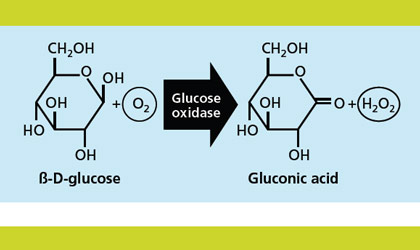Just wanted to start discussion here after passing thru GlennF's thread for DSR method where he suggest dosing Iron to reduce PO4 in tank water. http://dsrreefing.nl/phosphate.html
And I did fast and not really accurate test - put one drop of phosphate solution in two vials with tank water and in one of them put one drop of chelated iron solution, left them to rest for about 15 min and after that checked supernatant for phosphates with Salifert - and there were significant difference - almost no phosphates in vial treated with iron.
@Randy Holmes-Farley , @JimWelsh, @glennf any ideas how much will reduce how much, any constrains, experience etc. Thank you!
And I did fast and not really accurate test - put one drop of phosphate solution in two vials with tank water and in one of them put one drop of chelated iron solution, left them to rest for about 15 min and after that checked supernatant for phosphates with Salifert - and there were significant difference - almost no phosphates in vial treated with iron.
@Randy Holmes-Farley , @JimWelsh, @glennf any ideas how much will reduce how much, any constrains, experience etc. Thank you!






















